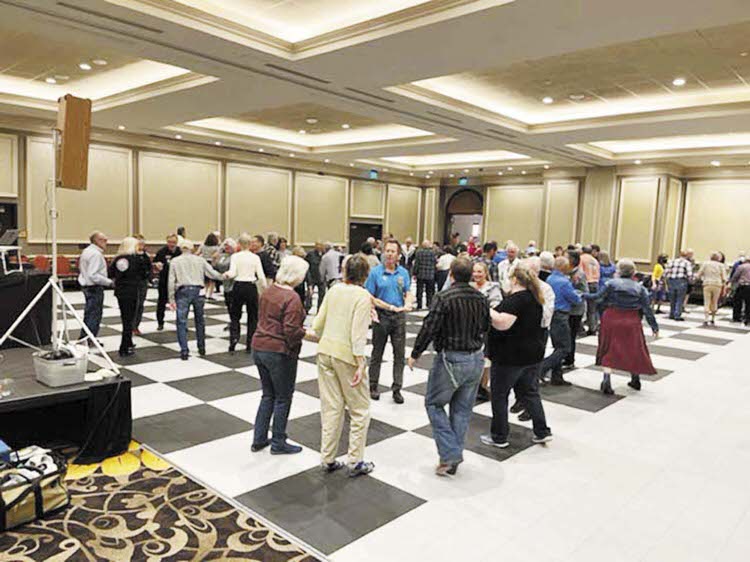 Mary Klootwyk
Mary Klootwyk
Swing your partner and do-si-do. September is National Square Dance Month. Like the culture it came from, square dance has roots in European, Native American, and African practices.
Square dancing sounds like something out of Little House on the Prairie but, in truth, square dancing has been a part of American entertainment for centuries.
According to the Square Dance History Project, square dance was “vital” for generations of Americans up to the late 1800s. It fell out of favor then but was revived after World War II when it “enjoyed participants numbering in the millions.” But where did it come from?
Several European dances are thought to have influenced the formation of square dance, writes History.com: Morris dance, a form which dates back to the 1600s in England; dances like the quadrille and the cotillion, which 18th-century French couples performed in squares; and “folk dances in Scotland, Scandinavia, and Spain.” This influence is easy to see, the website writes: “When Europeans began settling England’s 13 North American colonies, they brought both folk and popular dance traditions with them. French dancing styles in particular came into favor in the years following the American Revolution when many former colonists snubbed all things British. A number of the terms used in modern square dancing come from France, including ‘promenade,’ ‘allemande,’ and the indispensable ‘do-si-do’–a corruption of ‘dos-à-dos,’ meaning ‘back-to-back.’”
But it wasn’t just European dances that contributed to square dance. Phil Jamison, a well-known square dance caller today and a square dance historian who runs the Square Dance History project, writes in his book that in addition to European dances, African American and Native American dance forms contributed to the development of square dance.
Square dancing, like more or less everything else in American history, is a product of multiple cultures and pasts. September was declared National Square Dance Month in 1985, according to the archives of the Cleveland Public Library.
The members of the SaddleBrooke Squares Dance Club celebrate this wonderful activity every Sunday by meeting at 6 p.m. to dance, laugh, and catch up with friends. To find more information about this fun activity, visit www.saddlebrookesquares.com.
